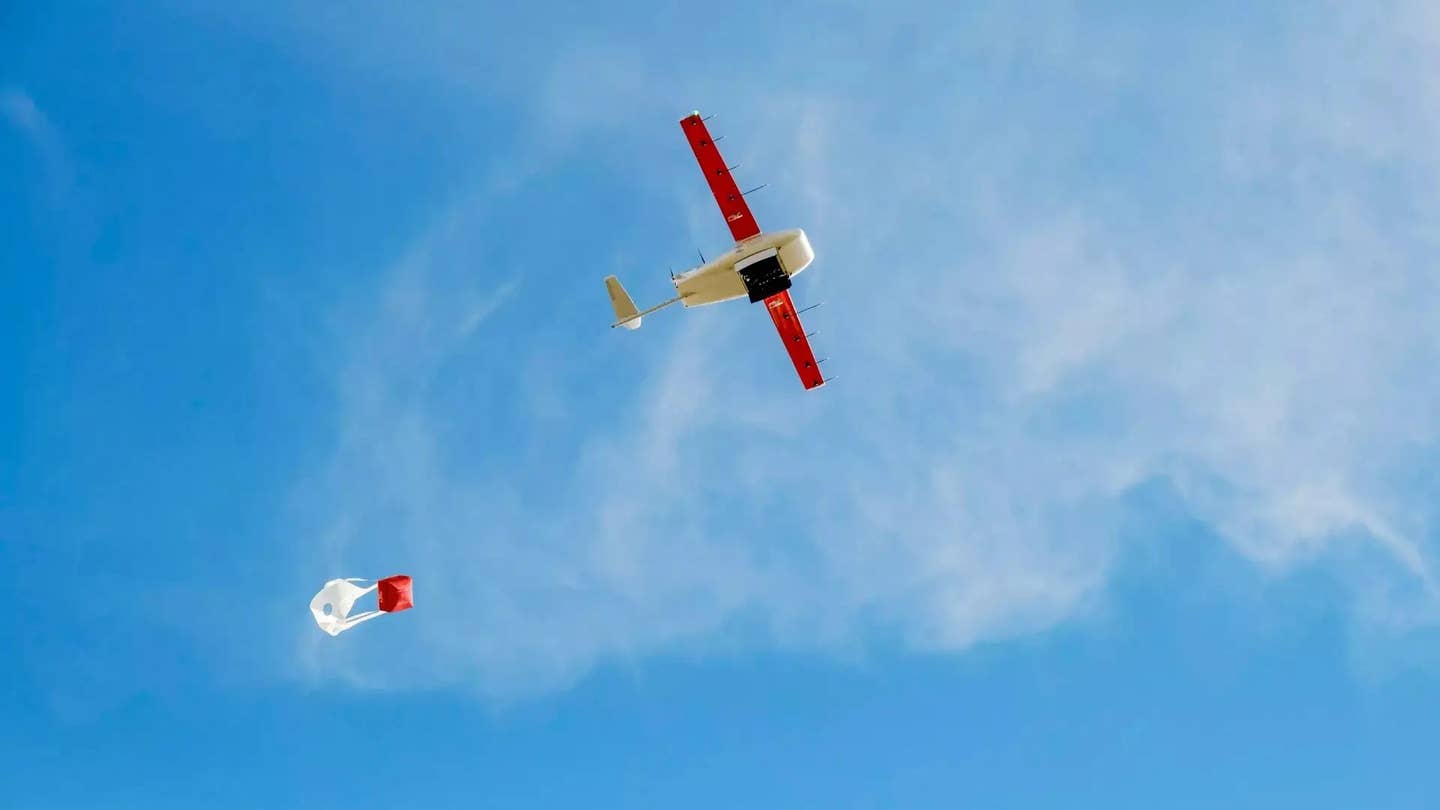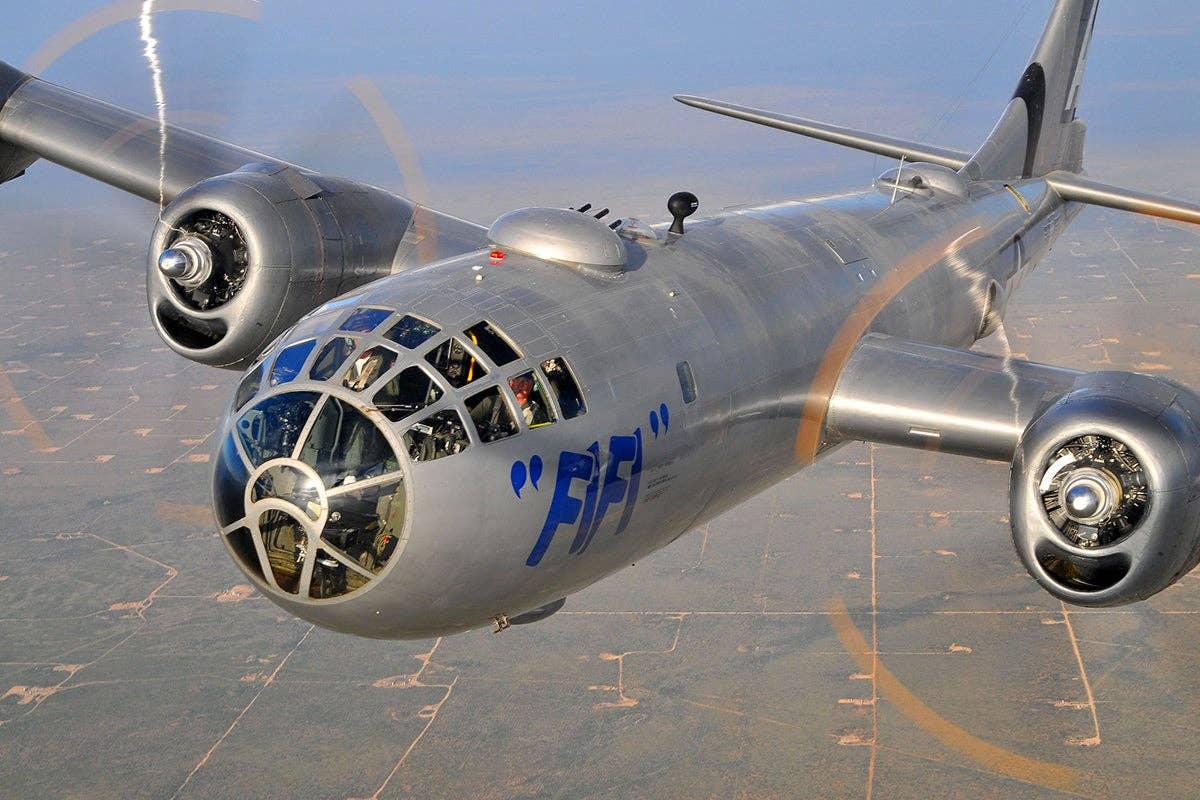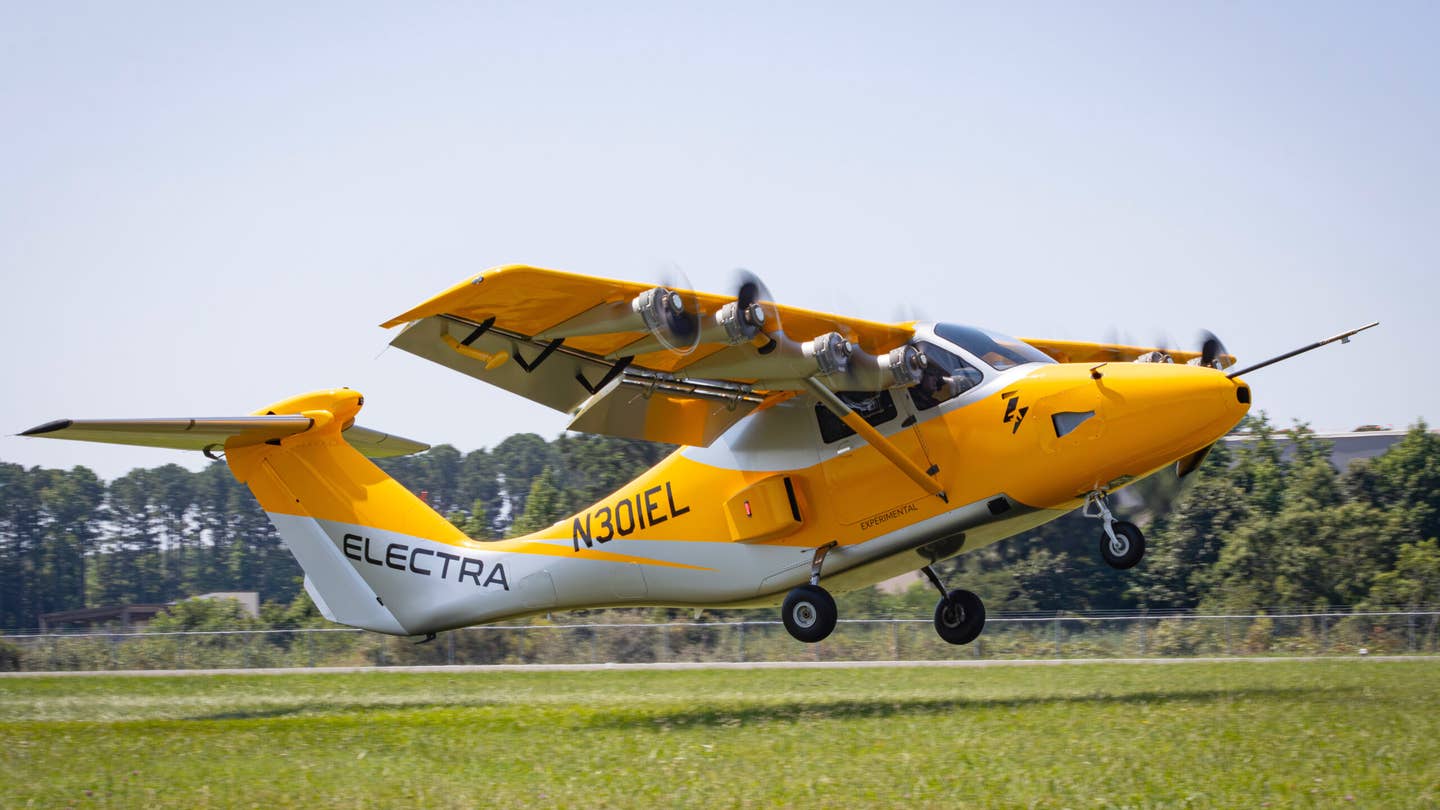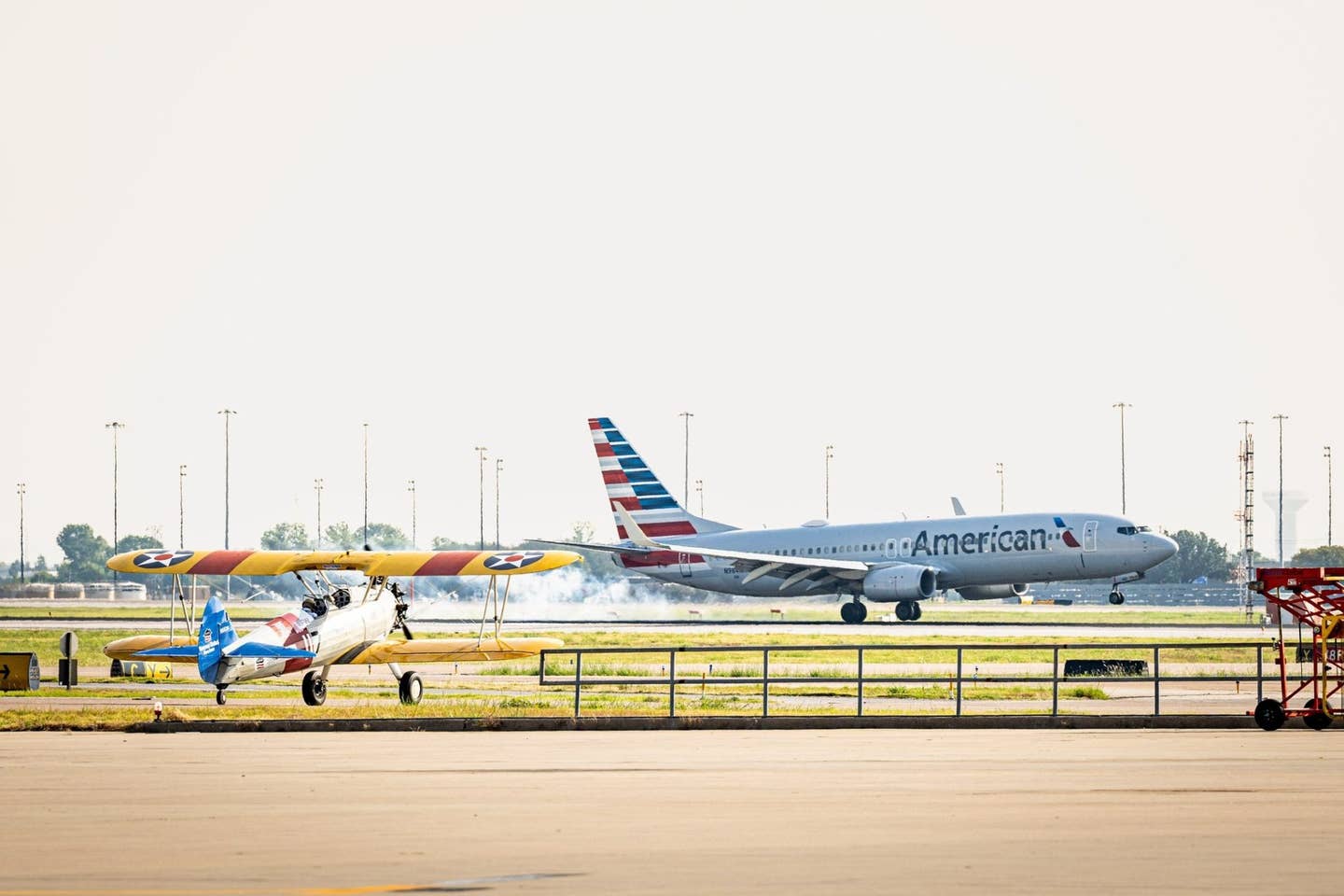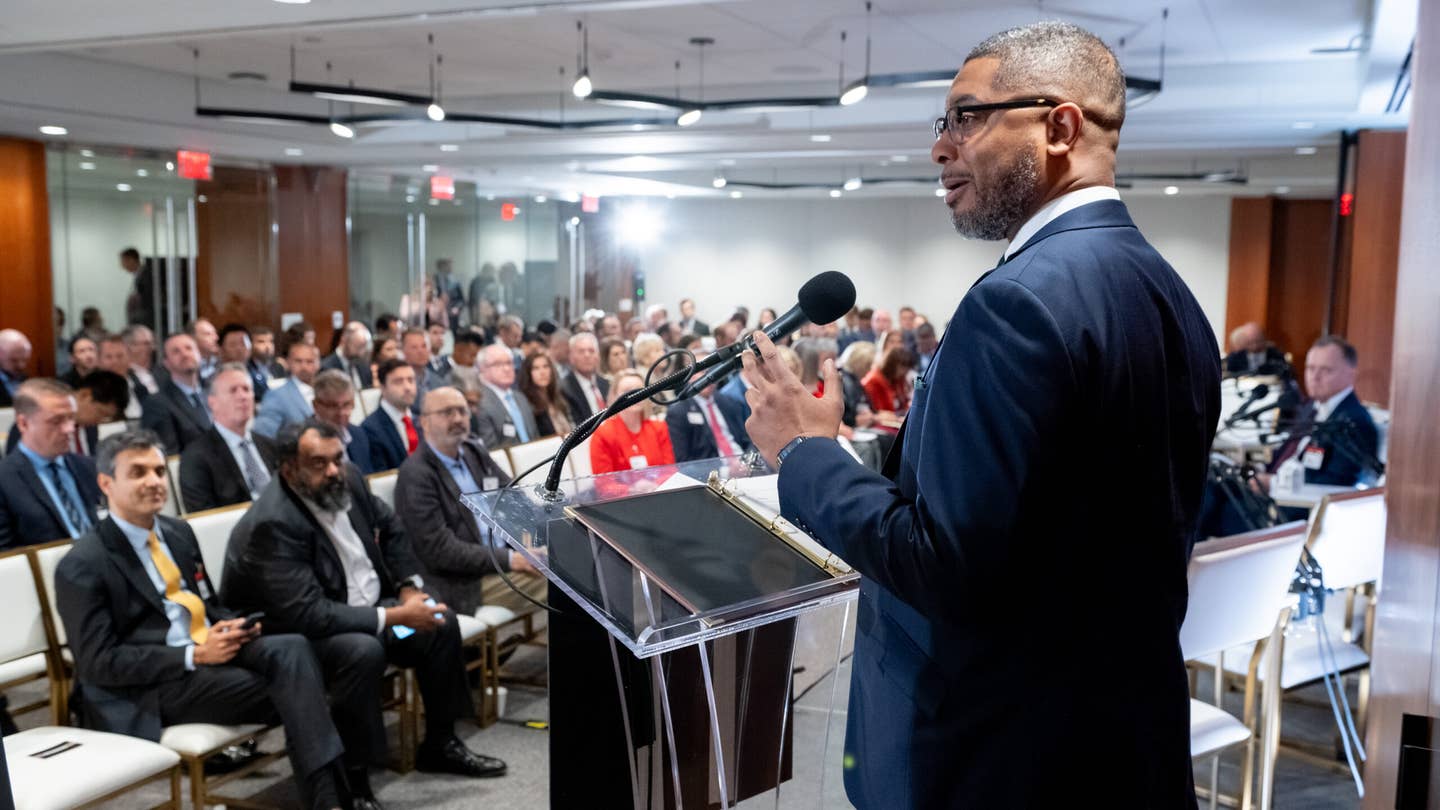Ultimate Issue: Being Aviation Docent Simply Labor of Love
The volunteer job is all about sharing knowledge and passion for airplanes and flying.

You don’t necessarily have to be a pilot, mechanic, engineer, or retired from an aviation career to be a museum docent. [Courtesy: Evergreen Aviation & Space Museum]
Aviation for many people isn’t just a hobby or a career—it’s a passion.
And if you are lucky and you become a docent at an aviation museum, you get to share your knowledge with people from all walks of life. Most, if not all, are volunteers who donate their time and expertise to educate the public about aviation. Museums simply could not function without them.
They may volunteer at a museum once a week (or more) or work alternate weekends. They often wear a uniform of sorts, such as a polo shirt with the museum logo or a jacket or vest and have a museum ID lanyard around their neck. A great many also wear a “fun meter” button with the needle pegged to maximum.
The reason? They love what they do.
As someone who spends a great deal of time at aviation museums, I can tell you they all have their own character and energy, and they all rely on volunteers to operate. Some of the volunteers bring special skills and restore airplanes to their former glory. But many more are the faces of the museum to the public—the docents. You don’t necessarily have to be a pilot, mechanic, engineer, or retired from an aviation career to be a docent—you just need to bring your enthusiasm.
EAA Aviation Museum (Oshkosh, Wisconsin)
“Storytellers are the best docents,” says Chris Henry, manager at the EAA Aviation Museum in Oshkosh, Wisconsin. “They can help make the planes pop to life and make you inspired
to learn more at home. A good docent should lead you to wonderful stories, leaving you wanting to know more and wanting to go home and research further.”
Henry notes the museum has a large cross section of society as docents coming from different walks of life and age ranges.
“We have everything from WWII veterans to current high school kids,” he says. “It’s helpful if the docent has a passion to keep learning, and they are passionate about sharing what they learn, and they just enjoy showing people new things that they have never seen or heard before.”
Museum of Flight (Seattle)
The larger the museum, the more docents it has.
According to Brenda Mandt, docent programs supervisor at the Museum of Flight (MOF) in Seattle, the docent cadre is made up of 162 volunteers.
“Most of them work one day a week, and they work the same day and shift each week,” says Mandt.
To become a docent at the MOF, a person must take a 12-week basic training class that acquaints them with museum policy and procedures and teaches how to build a tour.
“Docents have a great deal of freedom to create tours that interest them most,” says Mandt.
Many of the docents either have or have had careers in aerospace or the military and often build tours around their experience.
For example, docents Jim Frank and Dave Cable are retired Navy aviators who served aboard aircraft carriers, so they know about “landing on a postage stamp.” Frank’s talk on the history of carriers is informative and entertaining, and Cable’s tour of the A-6E Intruder, the airplane that brought him home many times, and the F-14 Tomcat are quite moving and bring a smile to the face of museum visitor Jack Schoch, a retired Navy chief who served on five different carriers, including a war cruise during Vietnam aboard the USS Enterprise.
That’s one of the best parts of these tours—the docents are able to make them relatable to visitors.
Palm Springs Air Museum (California)
Requirements for docent training vary by museum.
At the Palm Springs Museum in California, the applicants are required to go through a background check and approximately 40 hours of training, “most of which can be done online,” says spokesperson Ann Greer. They also undergo on-the-job training in one of the 10 different areas of the museum.
“We have over 300 docents, and the museum is run with military precision,” says Greer. “They work four-hour shifts, [and] they may be in one of the hangars or on the hot ramp [where aircraft move] or in the library or gift shop. In the hangars we have a crew chief who keeps an eye on things, and if we want to talk to a particular docent, we have to ask the crew chief. There is a chain of command as the docents’ main job is to interact with the visitors and keep an eye on exhibits and airplanes.”
Evergreen Aviation & Space Museum (McMinnville, Oregon)
At the Evergreen Aviation & Space Museum, docents in training will spend at least 50 hours under the wing of Don Bowie, a retired Air Force aviator who has been with the gallery for 26 years.
Although the facility is most famous as the location of the Howard Hughes HK-1, the flying boat famously known as the “Spruce Goose,” according to Bowie, there is a lot more going on besides that popular exhibit.”
The museum features two buildings—one houses the HK-1, and the other is devoted to the Space race. Bowie works the floor, helping visitors and docent candidates learn about the aircraft and spacecraft on display.
“You are a volunteer here, and the job has to be fun and you have to be a people person,” he says. “You meet people from all over the world.”
Bowie says the best part of being a docent is when someone comes in and asks about a specific aircraft that is special to them, and there is a docent who shares their interest.
Docent Schedules
Because docents are volunteers, they aren’t required to put in massive amounts of hours on the job, but many do because it is a labor of love. Most museums ask for a commitment of at least one day a week, and often the docents rotate working weekends.
The docent’s typical day often begins with a crew briefing before the museum doors open. This is when they learn about special events at the museum, such as school tours or corporate meetings, and when exhibits are being installed or removed.
This column first appeared in the Summer 2024 Ultimate Issue print edition.
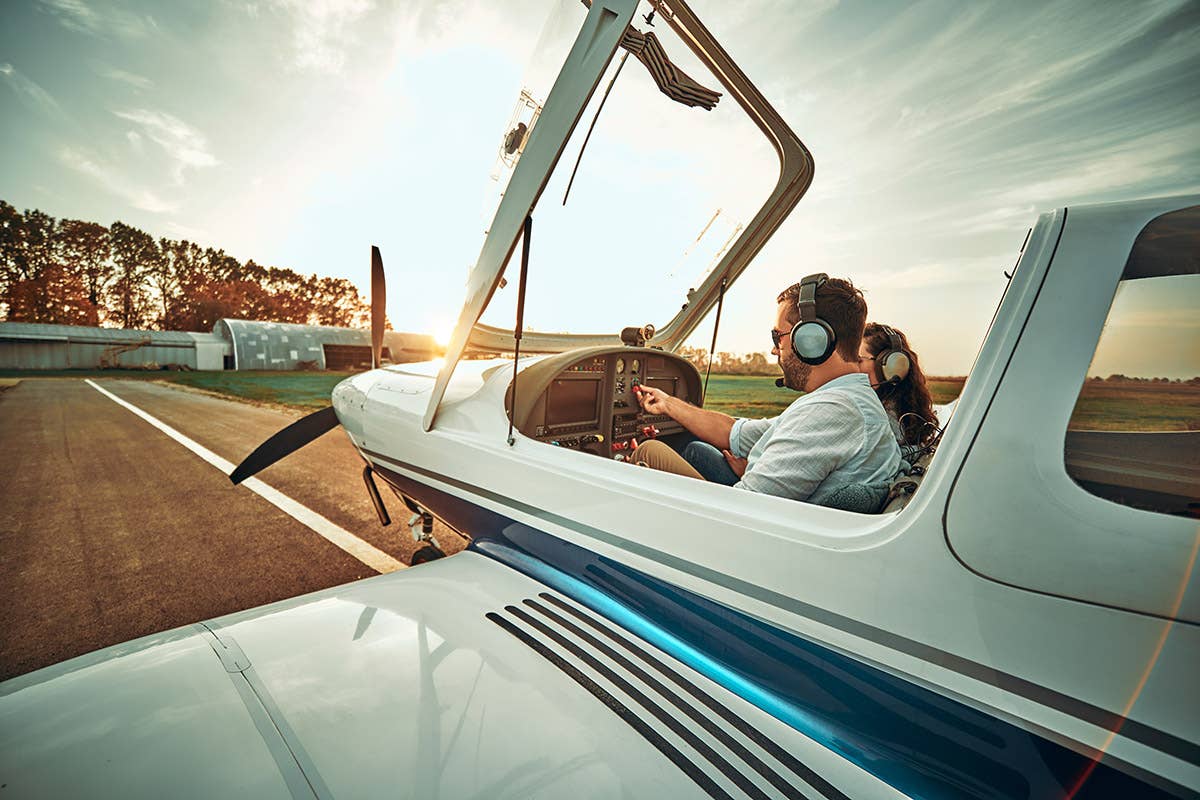
Subscribe to Our Newsletter
Get the latest FLYING stories delivered directly to your inbox

